I really hate refined sugar. I hate what it does to the body and I hate that it’s so hard to escape in every day life. Having said that I have always loved sweet food and I use natural sweeteners in my cooking all the time. It can be a little hard to get your head around exactly which sweeteners are good for you and which ones are bad. Most of the research out there is quite complicated and can be confusing to understand. As a general rule of thumb I avoid artificial sweeteners at all cost, I would rather eat normal refined sugar any day then any of the artificial ones. No matter how they try to market themselves, artificial sweeteners are usually bad news.
I find that many people are afraid of natural sugars as they are afraid of weight gain or sugar spikes. Here is how I have understood the issue: If a sugar is combined with both vitamins, minerals and fibre, you are safe to go. That is why whole fruit has no negative affects and people should really eat more of it. If sugar is combined with just vitamins and minerals but is lacking in fibre it is still well utilized by the body but should be eaten in moderation. This is where GI comes in. The lower the GI the slower the sugar is released into the blood stream GI is directly influenced by the amount of vitamins, minerals, fibre and water in the food. This is why refined sugar is so damaging; it has nothing in it at all besides sugar. No fibre and no nutrients to speak of. All it is: empty calories.
Since a large part of my blog is centred on desserts, I am writing a post introducing you to the natural sweeteners I use most often in my cooking and why I like them
[/ultimate_heading][ultimate_spacer height=”10″]

This is my favourite sweetener, probably because it is the most nourishing sweetener of the lot. Honey is full of small dose of just about every single trace mineral vitamin and amino acid around and sports some very unique healing properties. Its great for the skin, can assist with burn healing, comforting for the immune system and is even good for an inflamed stomach. Most honey on the market is heat treated so that it does not crystalize. This is a downfall for honey as heating destroys pretty much all the nutrients and turns honey into just another sugar. You can get around this by buying raw honey instead. You probably wont find raw honey in the super markets; I get mine from the farmers market and a few local fruit and veg stores in my area.
Even though honey is technically not vegan, it should be! With so many health benefits I think it would be a shame not to use it.
[/ultimate_heading][ultimate_spacer height=”10″]
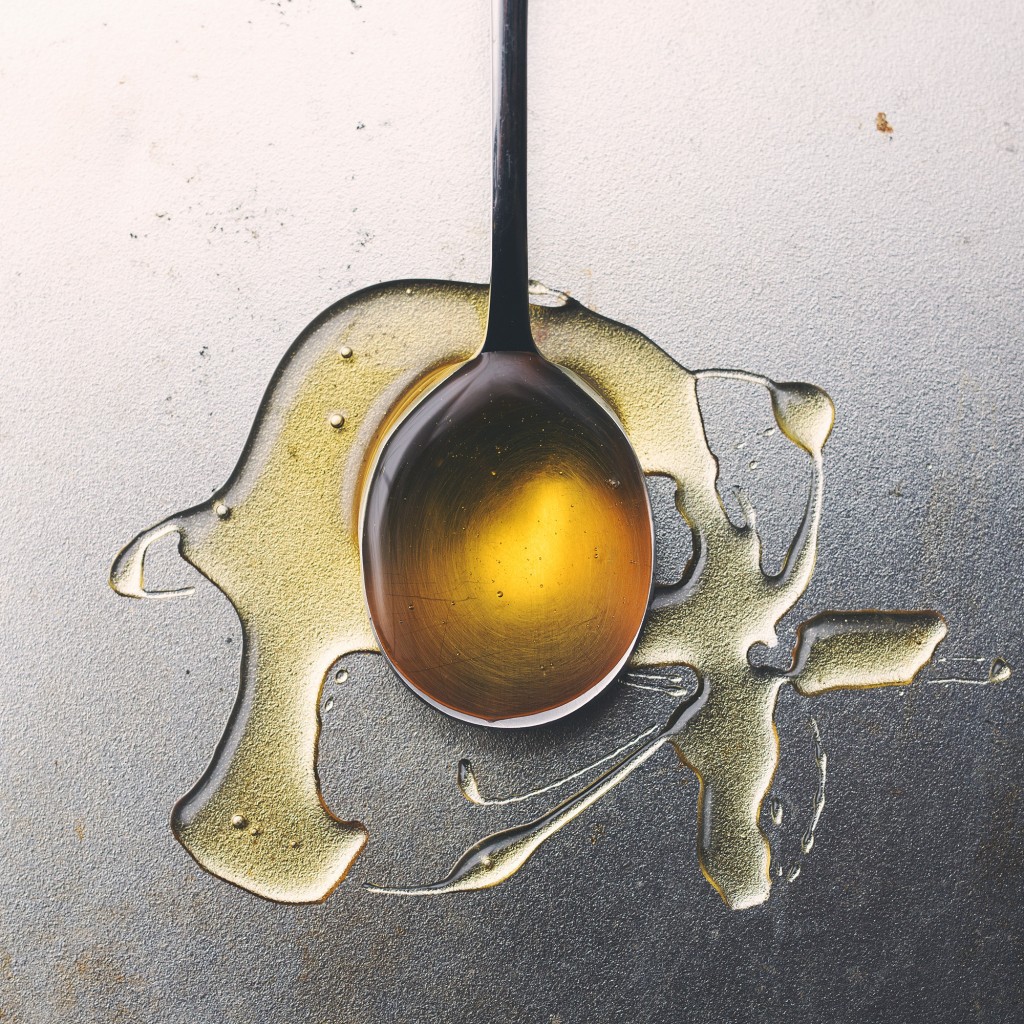
I really like the taste of agave. My mum first introduced me to it a few years back. She poured it over some strawberries and I thought they were delicious. Unlike brown rice syrup agave has a very low GI but is very high in fructose. I don’t use it often because it is processed compared to many other natural sweeteners, and fructose in high amounts has shown to have bad health consequences. It still retains more nutrients than regular sugar so it is still a better alternative. I do like to just keep some in the pantry just in case. I usually use it if I have run out of maple syrup in the middle of a recipe.
[/ultimate_heading][ultimate_spacer height=”10″]
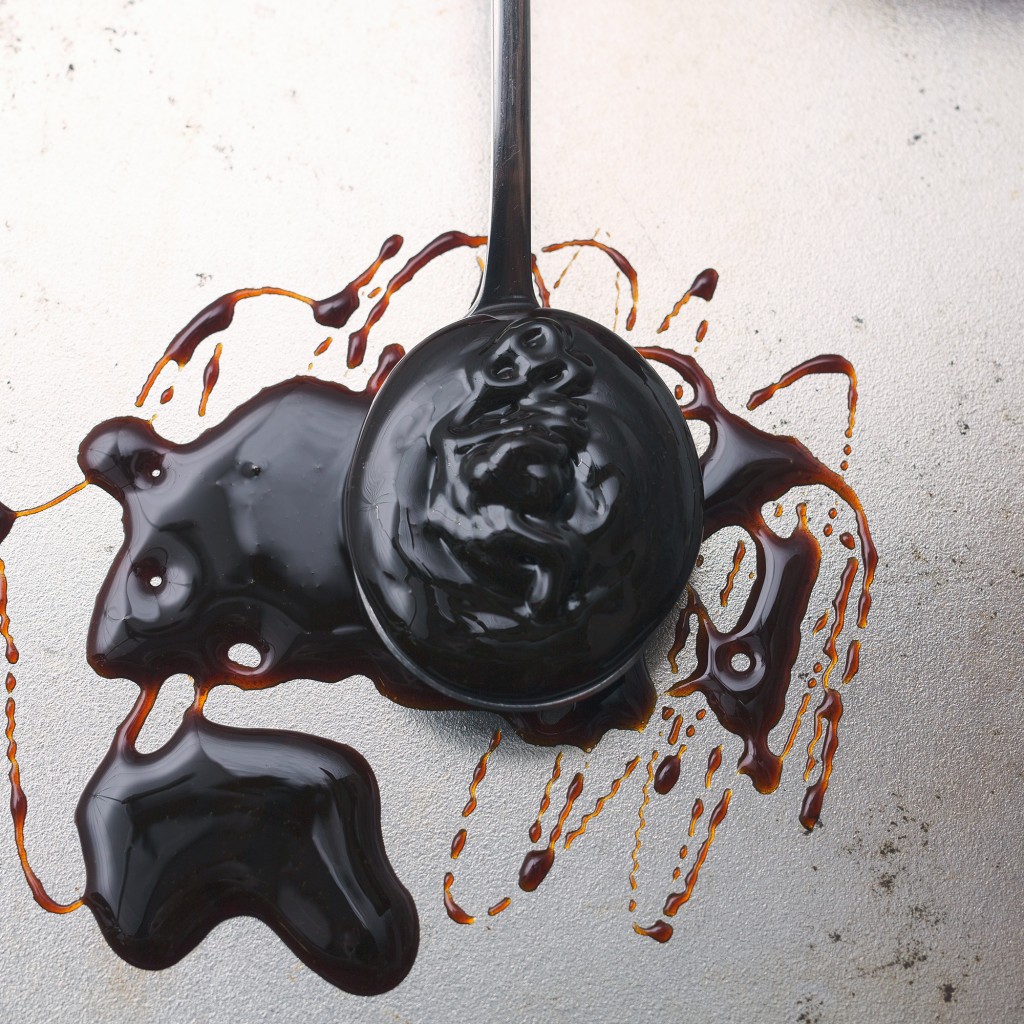
I have only ever used this when making ginger bread cookies. But it’s a pretty good sweetener as far as sweeteners go, it has a strong flavour so its not compatible with too many desserts in my opinion but works great for any dessert that calls for golden syrup and the likes. Molasses are the mostly unprocessed version of normal sugar that comes from the sugar cane, which unlike white sugar still retains a fair amount of nutrients. Molasses contains high amounts of Iron and also a good ratio of calcium and magnesium. It’s a good sweetener to introduce yourself to if you’re a woman struggling with low iron levels or fluctuating hormones. Many anaemic women (women with low iron levels) will even take 1-2 tablespoons of molasses a day as a supplement to help up their iron levels. The sugar cane gets a pretty bad wrap but if you left it alone and stopped processing it until you have stripped all the goodness out of it, its actually a pretty healthy thing to eat.
[/ultimate_heading][ultimate_spacer height=”10″]
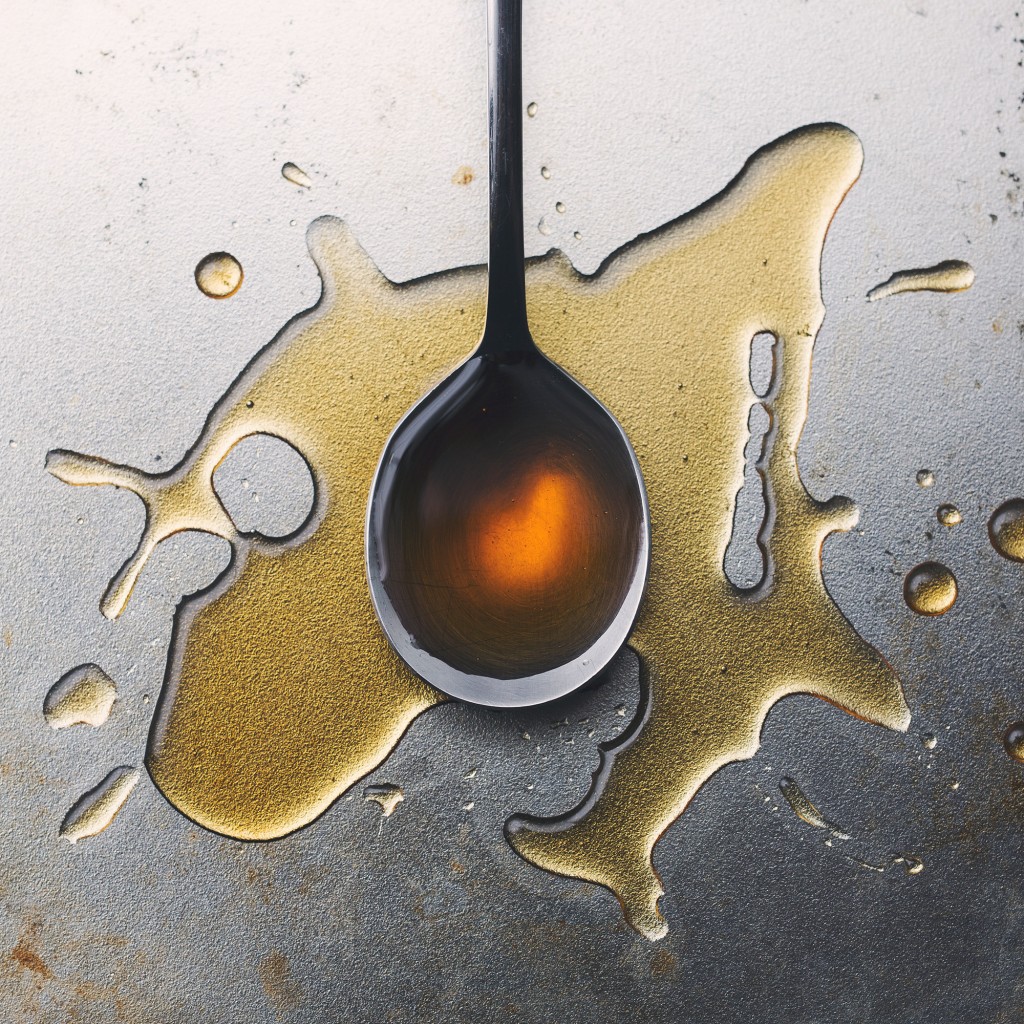
I probably use maple syrup most in my cooking. This likely has to do with the fact that I eat a lot of chocolate and I like the combination of maple syrup and cacao most. Maple syrup is not as rich in vitamins as honey however it does have significantly high amounts of minerals like zinc and manganese when compared to honey. More than this maple syrup has antioxidant compounds similar to those found in berries, green tea and tomatoes. This one is undoubtedly vegan and is probably the most popular sweetener choice for many vegans. Just make sure you buy the real 100% maple syrup and not maple flavoured syrup.
[/ultimate_heading][ultimate_spacer height=”10″]
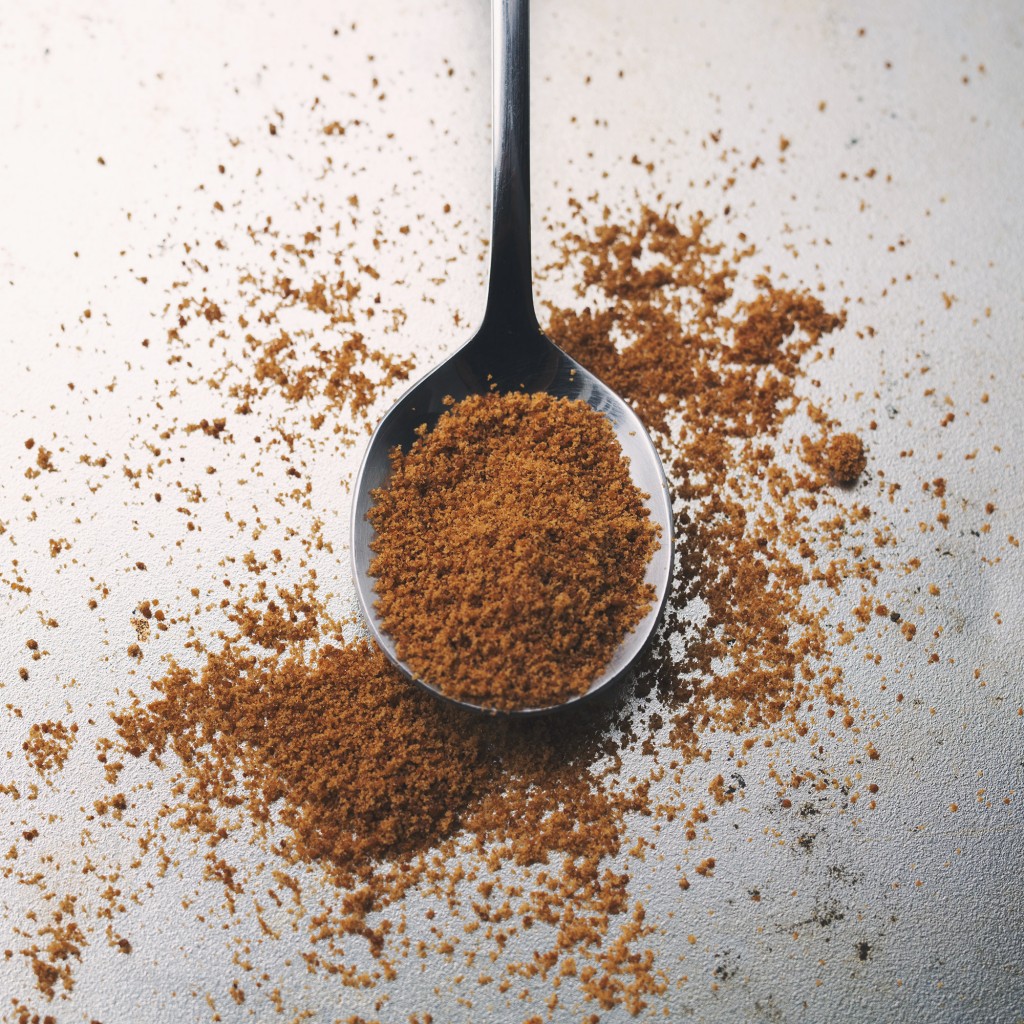
I love baking with coconut sugar. It is granulated and can easily be subbed for granular sugar like brown or raw sugar. It hosts a wide array of vitamins, minerals and phytonutrients and more importantly has a fibre too. Unlike many other sweeteners coconut sugar has inulin: a form of fibre, which helps to bring the GI of coconut sugar down to around 35. That’s pretty low considering that anything below 55 is considered low. It’s also got such a beautiful vanilla caramel flavour. Even the smell of it is gorgeous.
[/ultimate_heading][ultimate_spacer height=”10″]
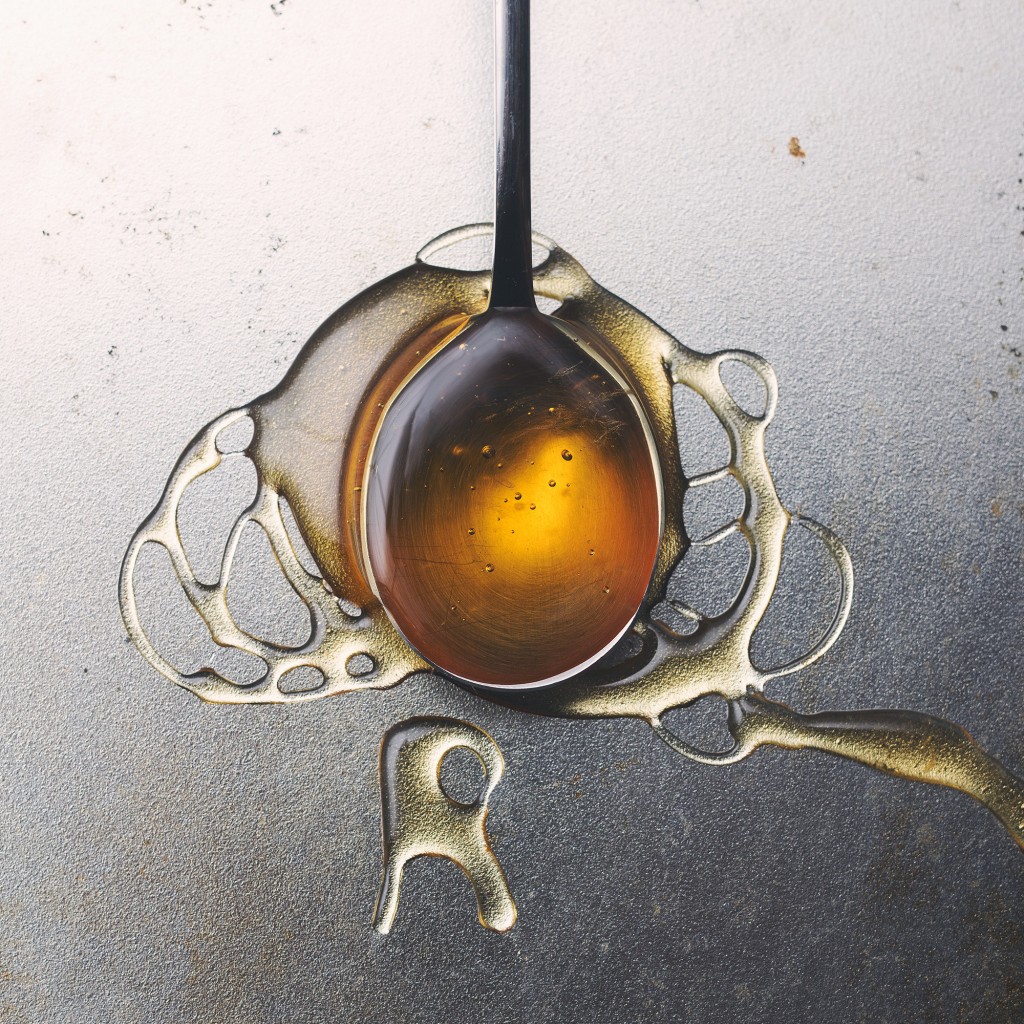
I use Brown Rice Malt Syrup mostly for the texture. It’s thick and viscous and works well in chocolate sauces. I rarely use it beyond chocolate sauce because I personally find it too sweet. It reminds me of this horrible experiment I had to do in a physiology class where we had to drink a glucose drink and then run on a treadmill. It made me want to vomit. Brown rice syrup is straight up glucose so it has a very high GI of 98. Much higher than normal table sugar that sits at around 65. The reason many people think brown rice syrup is a healthier option is because unlike many other natural sweeteners it does not contain any fructose. There has been a growing community of people that consider fructose in high amounts to be highly inflammatory. There are also people out there who suffer from “fructose malabsorption” which is essentially an inability to absorb fructose. Brown rice syrup is a good option for those who cannot consume any form of fructose. Although I don’t think fructose is all that good for you in high amounts personally I have no problem with fructose because I can’t fathom how anything in fruit could be that harmful, as long as your having it in a natural state, in moderation, and are staying well away from the highly processed high fructose corn syrup which is probably the worst type of sugar you can get.




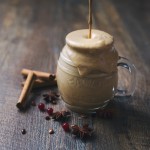


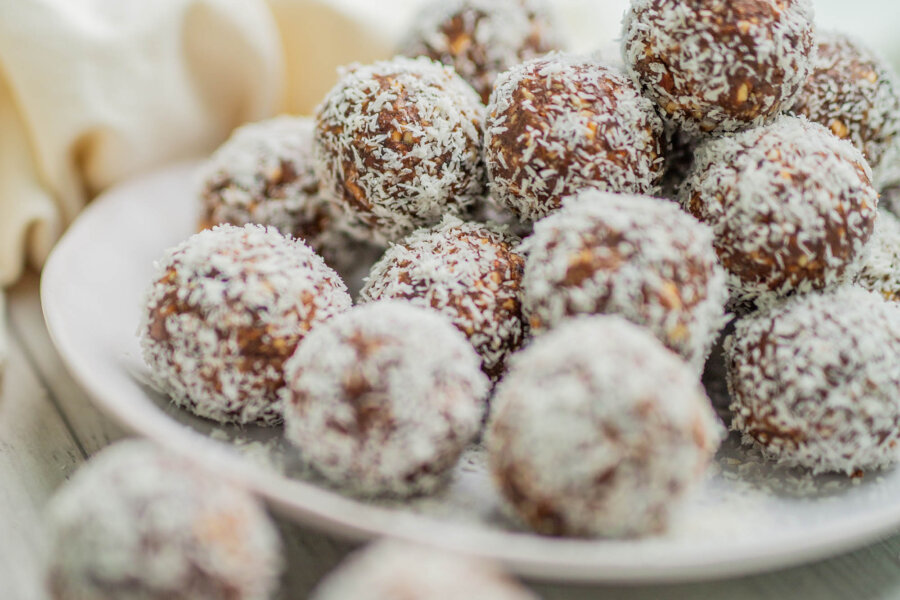


I loved this post ! I personally don’t like to use artificial sweeteners in my baking or refined sugar like white and brown sugar but I find it hard when a recipes that I really want to make calls for those types of sugars and I have no alternative. I know coconut sugar but don’t have it at home and since it’s more expensive than regular sugar I can’t afford it for the moment. Can I use agave, honey or maple syrup ? If so, do I have to reduce the amount of liquid in my recipe ?
Hey Sarah! Yes you can substitute but it does take a little bit of fiddling with the liquid. The general rule is for every 1 cup of liquid sweetener you need to remove 1/4 cup of liquid from the recipe. Or for every 1/4 cup remove 1 Tablespoon of liquid. You also need to reduce the oven temperature down slightly just because liquid sweeteners tend to burn more easily. I would properly opt for maple syrup or agave in baking as honey burns quite easily. If you can find coconut sugar though it is worth the investment. I try to get mine in bulk and get a huge 1kg bag. Turns out cheaper and it will last me at least a year if not more. The last bag I bought was in March earlier this year and I’m only half way through it 🙂
Thanks for the reply 🙂
I’ll experiment with the recipe and give you news really soon on how my bakind turned out !!
[…] Really quick and easy post today. Keeping on the theme of Christmas, I wanted another recipe that would give me the excuse to use molasses again. I have spoken about the health benefits of molasses in my post about natural sweeteners. You can read about it here. […]